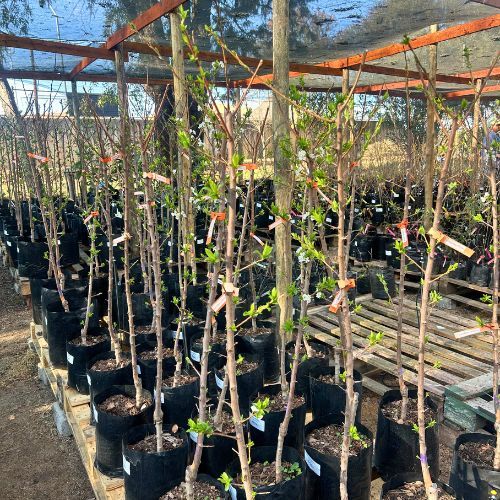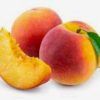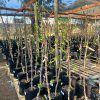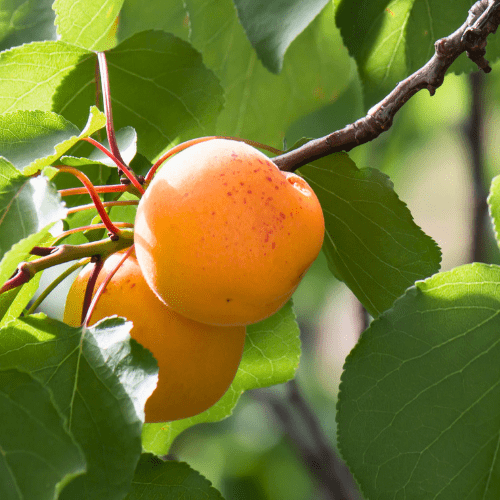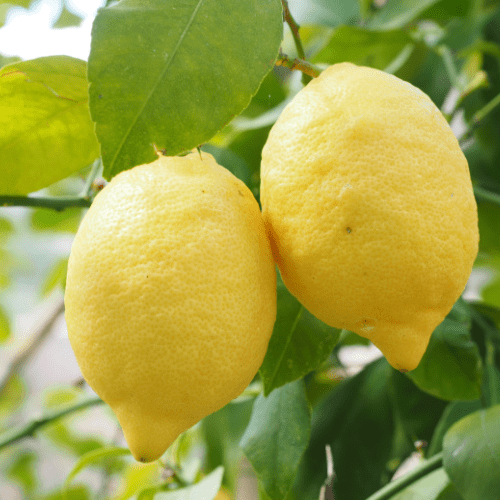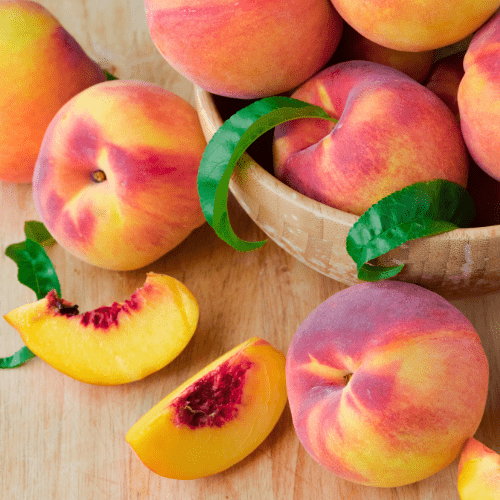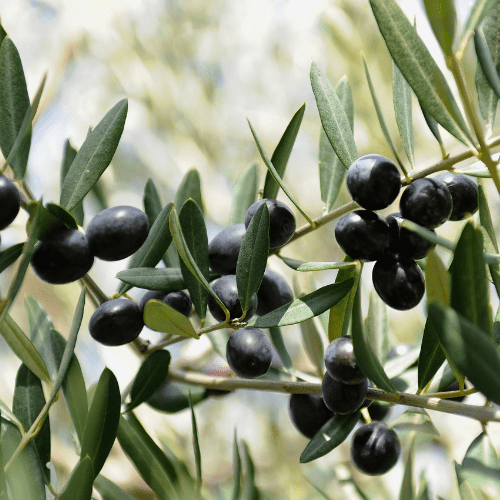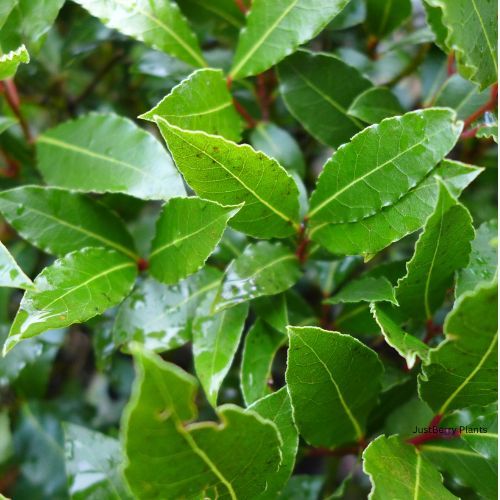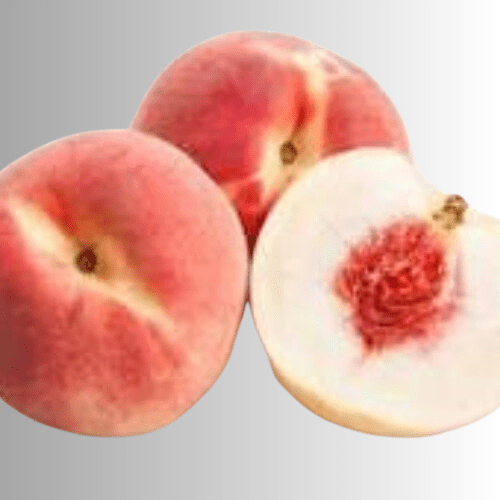Position
Full sun, although they can tolerate some shade they will yield more fruit the more sun they receive and grow more vigorously. Peach trees require colder climates and do not do well in warm winter climates.
Size
Peach trees can grow to a height of about 8-10 metres. Plan the site before planting, keeping the tree away from external walls, electrical lines, and other trees. Plant in a protected area if possible, as strong winds can damage branches and leaves.
Soil Type
Choose well-drained soil that is rich in organic matter. The soil should have a pH level between 6.0 and 7.0, slightly acidic to neutral. Elberta peach trees need full sun exposure for at least six to eight hours daily to ensure optimal fruit production.
Adding half a bag of our Volcanic Rock Dust (R25 per bag) and a bag of Superfrass(R25 per bag) will assist in rapid growth. They also protect the roots from being eaten by insects.
Watering
Water every second day after transplanting for about a week; thereafter, reduce to twice a week in dry or hot weather for the next 2-3 months. Regular irrigation ensures the trees receive adequate moisture, especially during dry periods. Avoid overwatering, as excessively wet soil can lead to root rot.
Mulching
Apply organic mulch to your tree throughout the year.
Use from 2 to 5 centimetres of pine bark mulch to protect the roots from UV damage and drying out. It retains moisture and maintains an optimal pH. Do not let the mulch touch the plant stem, as it may cause infection or rot.
Fertilising
Use our slow-release nitrogen-rich all plant fertiliser. Apply 1 teaspoon every 4-5 months. The roots will absorb what they require.
Pruning
Prune peach trees during the dormant season (late winter or early spring) to remove dead, damaged, or diseased branches. Also, thin out crowded branches to improve airflow and sunlight penetration, which helps reduce the risk of fungal diseases.
Pest and Disease Control
Aphids, citrus psylla, red scale, citrus greening. Spraying regularly with Agricultural Neem Oil or Effective Microorganisms (EM Control) will assist in either prevention or after the fact. If you already have aphids or mites, wash the tree with a harsh hosing, and when dry, spray with Neem oil or EM Control.
Practice good garden hygiene (remove fallen fruit and leaves).
Watch for root rot (caused by overwatering) and fungal infections during wet periods.


